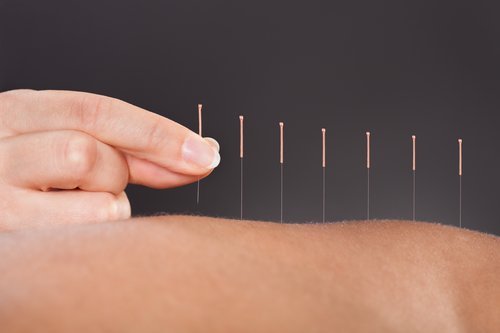Patrick Dugas
Montreal acupuncture
THE VENTOUSES
. . . . . . . . . .
A brief history
The use of cupping, which is becoming increasingly popular, dates back several thousand years.
We find this practice on several continents and in many cultures. Africa, Australia, Asia, etc.
Its ease of access, its simplicity of use and its many positive effects make it a very effective tool for treating an impressive number of diseases.
. . . . . . . . . .
The bamboo suction cup
Soaked in hot water, a recipe of medicinal herbs can be included to increase the therapeutic effects of the treatment.
The heat generated by the suction cup is used to create suction and also plays an active role in the feeling of relaxation.
. . . . . . . . . .
The glass suction cup
Suction is created by inserting a flame rapidly into the suction cup before placing it on the patient's skin. This method is called fire cupping.
Again, the heat from the cup assists in the treatment. The degree of suction depends on the speed of placement as well as the degree of heat from the flame.
The method most commonly used with glass cups is called "fire cupping". It consists in performing several successive maneuvers on the same spot to stimulate blood and lymphatic circulation.
. . . . . . . . . .
The plastic suction cup
This is probably the most common form used by clinicians.
The suction is created by means of a manual pump. The major advantage is the control of the suction.
Several sizes and shapes are available, making it very easy to use and malleable depending on the location treated on the body.
. . . . . . . . . .
The blood suction cup
The blood suction cup is another technique used from time to time with patients.
It consists of making 2 or 3 small incisions with a lancet (as for diabetics) and using the suction of the suction cup to draw the stale blood out.
This practice is very practical to reduce heat, swelling and pain on the affected site.
It is important to mention that this practice must be done in a safe and sanitary manner by someone experienced.
. . . . . . . . . .
Therapeutic principles
Cupping is a good diagnostic tool. By placing the suction cups on certain strategic locations, the therapist can verify and confirm the location and the actual severity of the problem.
The suction will draw body fluids (lymph, blood, interstitial fluid) to the surface, bringing toxins and waste with them.
The darker the mark, the older and more important the stagnation. It is therefore necessary to treat this area if necessary.
By stimulating blood and lymphatic circulation, cupping is intended to dilate the blood vessels.
Increasing the flow of fluid to the problem areas has the effect of strengthening the metabolism by helping the body to rid itself of stasis and accumulated toxins, thus accelerating the healing process and reducing tension and pain.
. . . . . . . . . .
Stagnation
Stagnation can be caused by several factors. For example, recurrent muscle tension will have the effect of reducing the quality of fluid circulation.
The muscle, deprived of an adequate supply of fluid, will contract more and accumulate toxins.
By treating the affected muscle with the suction cup, we force the body to restore normal circulation.
The better the circulation of blood passing through the muscle, the more nutrients will be brought to the area and the easier the elimination of waste products from the muscle will be.
. . . . . . . . . .
Frequently asked questions...
''Does it hurt?''
It is possible that a sucking effect (pulling) is felt more than a "pain" during the treatment. This can be controlled by the therapist if he uses the suction cups.
Is it safe?
If performed by a competent and trained therapist, the use of suction cups is safe.
How often do suction marks appear?
After a cupping treatment, a minimum of marks are inevitable.
However, they are part of the treatment's success in bringing more blood and lymph to the treated site, thus accelerating healing.
''Do the marks stay for a long time?''
Depending on the degree and strength of the treatment, the marks may remain for 2 to 15 days. A mark that remains for a longer period of time indicates a lack of blood circulation on the site.
This indicates that more treatment is needed.
Are there any side effects?
Depending on the strength of the treatment and the amount of cupping used, it is possible to feel slightly tired or lightheaded after a session.
A little rest usually resolves the situation.
What do the cups treat? Only muscular pains?''
No, cupping is useful to treat a multitude of pathologies: head ailments, respiratory tract, cardiovascular diseases, digestive system, reproductive organs, urinary disorders, nervous system, venous affections, cellulite, etc...
. . . . . . . . . .
Conclusion
Although this practice is not reserved only for acupuncturists, the knowledge of acupuncture points greatly improves the effectiveness.
Understanding the techniques and when they should and can be performed is important.
Practiced under the right conditions and by someone trained, this practice is quite safe and very beneficial.
I hope this article has helped you demystify this wonderful tool that is cupping.
Please do not hesitate to ask me any questions you may have.
It will be a great pleasure for me to take the time to answer you.
. . . . . . . . . .
Patrick Dugas, Acupuncturist
patrick.dugas@cliniquealtermed.com


